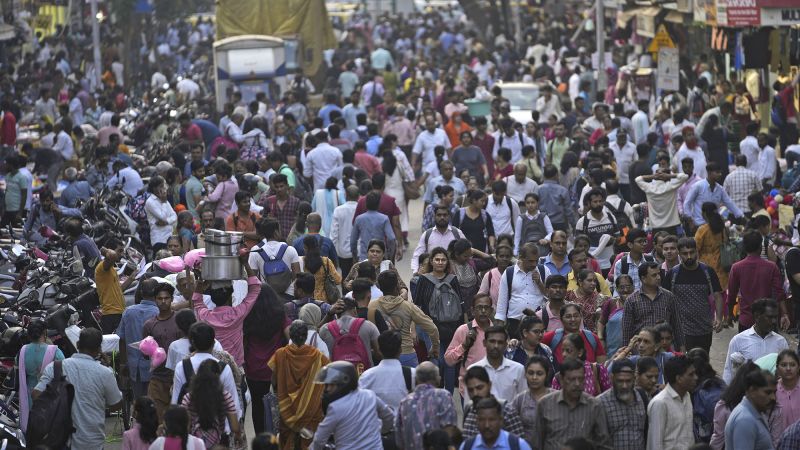India, with its rapidly growing economy, faces challenges in achieving its goal of becoming a $5 trillion economy by the end of the decade. One major obstacle is the lack of job opportunities for millions of women in the country. Despite being educated, aspirational, and healthy, many women struggle to join the workforce due to cultural norms and societal expectations.
Gunasri Tamilselvan, a 22-year-old engineering graduate, is one example of the struggles faced by Indian women in the workforce. Despite working in a sought-after position at a Finnish electronics manufacturer, she faces pressure from her family to get married and leave her job. This reflects a larger issue where only about one-third of India’s working age women are active in the labor force, limiting the country’s economic growth potential.
Prime Minister Narendra Modi has been working towards turning India into an economic superpower, but the lack of female participation in the workforce remains a major hindrance. McKinsey reports that women contribute only 18% to India’s GDP, compared to over 40% in China. The government has introduced policies to encourage women to join the workforce, such as increased maternity leave, and international firms are also hiring more women in India as they seek to diversify their operations away from China.
In Tamil Nadu, a hub for manufacturing in India, companies like Foxconn and Samsung are making efforts to increase diversity in their workforce by hiring more women. The Tata Group, one of India’s largest conglomerates, has also set up a solar cell factory where 80% of the workers are women. These initiatives aim to create a supportive environment for women in the workplace, offering benefits such as affordable housing and transportation to address safety concerns.
While India may not be able to replicate China’s massive dormitory-based factory model, Tamil Nadu is focusing on regional distribution of manufacturing clusters to reduce the need for large-scale migration. The state government is building housing projects for women workers to provide safe accommodation and support the growth of the smartphone manufacturing ecosystem. By creating a conducive environment for women to enter and stay in the workforce, India aims to boost its economic growth potential and capitalize on the changing dynamics of the global economy.
Despite the challenges and obstacles faced by women in India’s workforce, there is a growing recognition of the importance of female participation in driving economic growth. By addressing cultural norms, providing supportive policies and infrastructure, and encouraging companies to diversify their workforce, India is working towards unlocking the full potential of its women labor force to propel the country towards its goal of becoming a $5 trillion economy and an economic superpower in the coming years.


